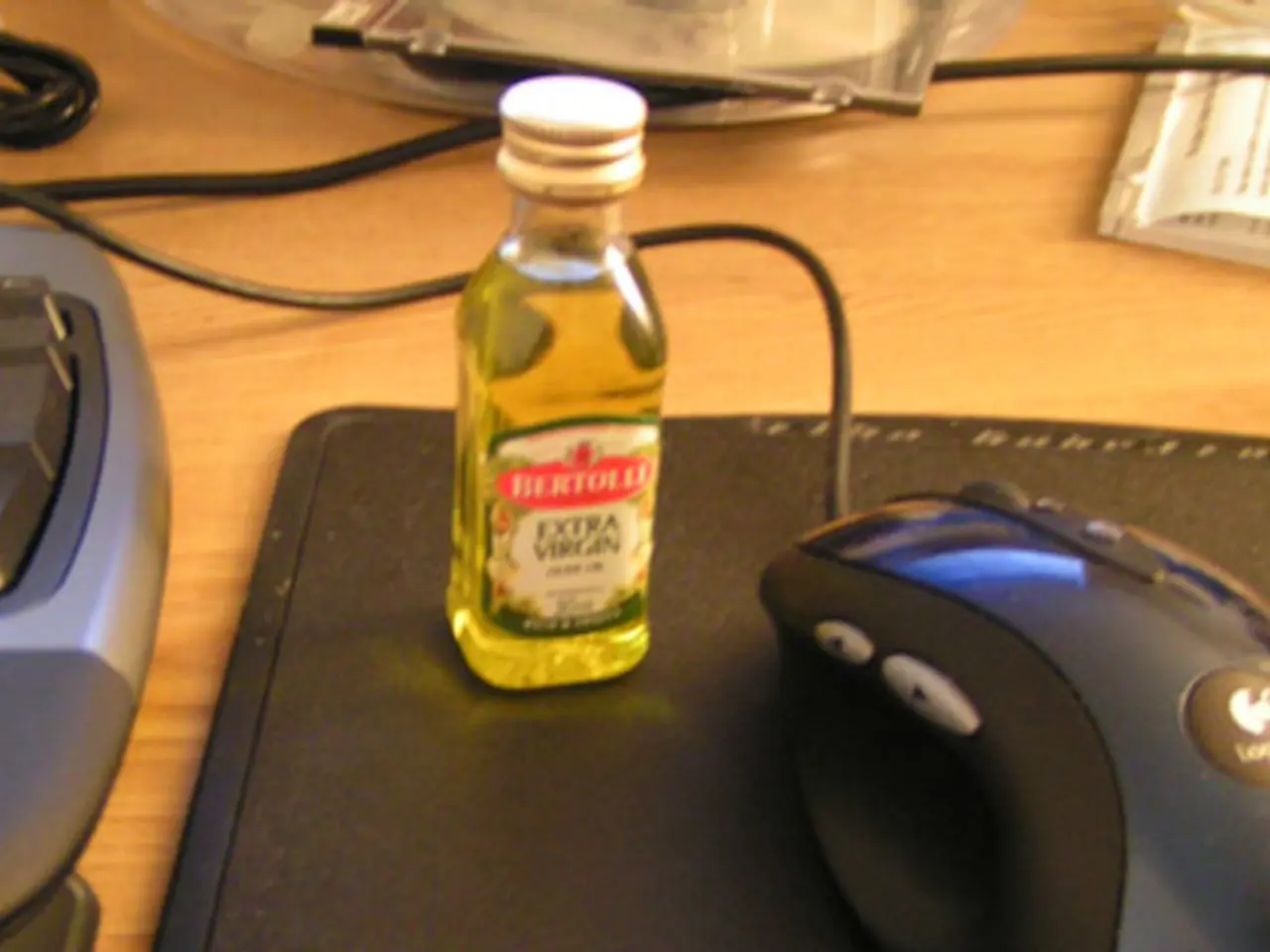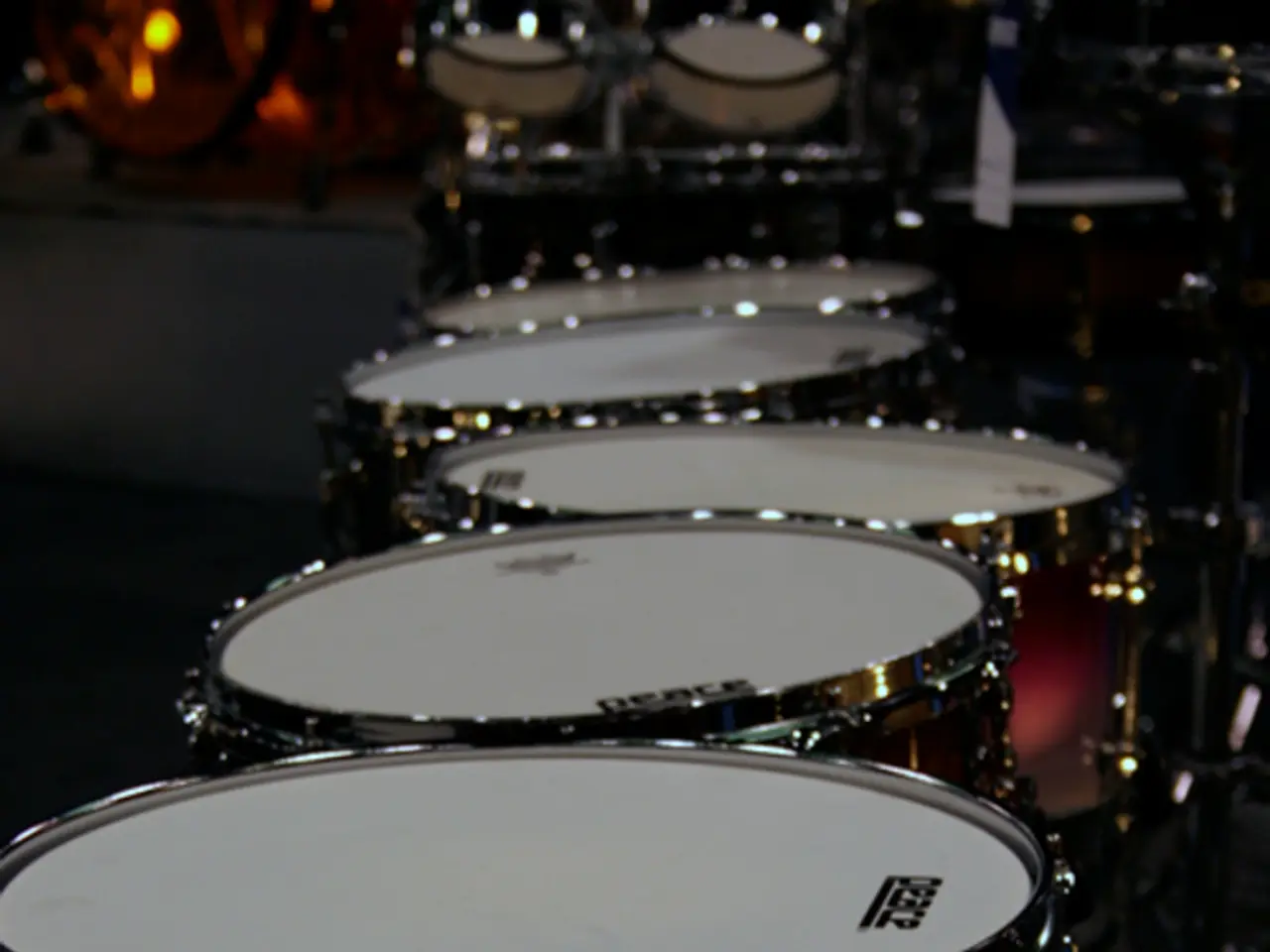Mapping Brains Post-Stroke: A Tool for Diagnosis and Therapy
Stroke strikes when the blood flow to a part of the brain is halted, causing brain cells to die off. This can lead to a range of physical and cognitive issues, depending on the affected area. To aid recovery, a mix of therapies is often employed to restore lost functions. Brain mapping is increasingly recognized as a crucial tool in this process, furnishing intricate insights into brain activity and assisting in tailoring rehabilitation plans.
What Exactly is Brain Mapping?
Brain mapping is a collection of neuroscience techniques employed to visualize the structure and function of the brain. The techniques involved include:
- MRI (Magnetic Resonance Imaging) - generates detailed images of brain structures
- fMRI (Functional Magnetic Resonance Imaging) - measures and maps brain activity by detecting blood flow changes
- EEG (Electroencephalography) - records electrical activity in the brain
- MEG (Magnetoencephalography) - measures magnetic fields produced by neuronal activity
- DTI (Diffusion Tensor Imaging) - tracks water diffusion in brain tissues, emphasizing connections between different brain regions
These tools enable doctors and researchers to create comprehensive maps of brain function, locating areas impaired by stroke and tracking changes over time.
How Can Brain Mapping Help Stroke Recovery?
Brain mapping plays a vital role in helping stroke victims recover by offering detailed information about how the brain is affected and adapts during the recovery process. The following outlines its benefits:
Personalized rehabilitation
Post-stroke, brain mapping enables healthcare professionals to comprehend which sections of the brain are damaged and how that affects abilities such as movement, speech, or memory. With this precise understanding, customized rehabilitation plans can be created, concentrating on improving functions impacted by the stroke. By focusing on the areas that need the most attention, rehabilitation is more effective, improving recovery outcomes.
Monitoring Progress
Brain mapping isn't a one-time thing—it's performed repeatedly over time. By mapping the brain at various stages of recovery, doctors can monitor changes in brain activity. Ongoing monitoring allows them to observe how the brain responds to rehabilitation therapies, making adjustments as required to support recovery.
Identifying compensatory mechanisms
The brain can adapt following a stroke by reorganizing itself to compensate for damaged areas. Brain mapping helps identify these adaptations, showcasing how different parts of the brain grasp responsibilities previously overseen by damaged regions. Comprehending these changes is essential because it directs therapists in designing rehabilitation strategies that foster and strengthen new pathways, potentially enhancing recovery of lost functions.
Predicting Outcomes
Brain mapping can predict a person's potential for recovery early on. By analyzing how different parts of the brain communicate, doctors can predict the probability of regaining certain abilities, like movement or language skills. This information helps set realistic goals for recovery and provides patients and their families with a clearer understanding of what to expect during rehabilitation.
Studies and Stats
Recent research has illuminated how brain mapping can significantly improve stroke recovery outcomes. Here are key findings from recent studies:
Study in the "Stroke" Journal
A study in the "Stroke" journal investigated employing functional MRI (fMRI) to guide rehabilitation for stroke patients. It found that individuals who received fMRI-guided therapy showed noticeable improvements in motor function compared to those who had standard therapy. By mapping brain activity during tasks, therapists can tailor rehabilitation to target specific brain areas more effectively.
Review in "Frontiers in Neurology"
A review published in "Frontiers in Neurology" discussed the combination of brain mapping with neurofeedback for stroke patients. Neurofeedback assists patients in learning to control brain activity in real-time using visual or auditory cues. The review suggested that integrating brain mapping techniques with neurofeedback can boost cognitive recovery in stroke survivors.
Limitations and Considerations
Although brain mapping is a potent tool for enhancing stroke recovery, it's essential to consider its limitations:
Accessibility
Not all hospitals and clinics have access to advanced brain mapping technologies. This is particularly true in places with fewer resources, implying many stroke patients may miss out on the insights and personalized treatment possibilities that brain mapping can offer.
Cost
Brain mapping procedures such as fMRI can be costly, acting as a barrier for some patients and healthcare systems, restricting the full potential of these technologies in stroke recovery.
Complexity of data interpretation
Interpreting brain mapping data demands specialized knowledge and training. Healthcare providers must have expertise to decipher results accurately and use them to create efficient rehabilitation plans. Not all healthcare professionals may possess this expertise, limiting the widespread utilization of brain mapping in stroke recovery.
Incomplete understanding of the brain
Though brain mapping offers valuable insights into brain activity and recovery after stroke, our comprehension of the brain is still evolving. Brain mapping might not fully capture every element of how the brain functions and recovers. This means it may not always predict recovery outcomes with absolute certainty.
The Future of Brain Mapping in Stroke Recovery
Brain mapping is progressing briskly, with research focused on making it more effective and accessible for stroke recovery. The following developments may be anticipated:
Improved Imaging Technologies
Advanced imaging technologies are being developed to supply clearer and more detailed maps of brain function after a stroke. These advancements help healthcare professionals better understand which regions of the brain are impaired and tailor rehabilitation therapies to each patient.
Integration with AI
Artificial intelligence (AI) is growing increasingly significant in analyzing brain mapping data. AI can process vast amounts of data quickly and identify patterns that may not be apparent otherwise. This helps predict recovery outcomes more accurately and enables personalized treatment plans based on each person's unique brain mapping results.
Broader Access
Efforts are underway to make brain mapping technologies more affordable and available in additional healthcare settings. This means more stroke patients could benefit from the insights and personalized treatment options that brain mapping offers.
Enhanced Neuroplasticity Interventions
Researchers are exploring the incorporate of brain mapping with innovative treatments that increase neuroplasticity, the brain's ability to adapt and reorganize itself. Techniques such as transcranial magnetic stimulation (TMS) and virtual reality (VR) therapy are being combined with brain mapping to create novel paths for stroke recovery. These treatments stimulate specific brain areas to compensate for stroke damage, potentially enhancing recovery.
Conclusion
Brain mapping is revolutionizing the landscape of stroke recovery, offering personalized, data-driven approaches to rehabilitation. While there are barriers to surmount, the potential benefits are immense. By taking advantage of the power of brain mapping, we can offer hope and improved outcomes to stroke survivors, helping them reclaim independence and quality of life.
- Neuroscience technologies like brain mapping facilitate the understanding of impaired brain functions in stroke survivors, offering a foundation for tailoring rehabilitation plans.
- As a tool for monitoring brain activity, brain mapping allows healthcare professionals to observe changes in the brain during the recovery process and make adjustments to rehabilitation therapies accordingly.
- Identifying compensatory mechanisms through brain mapping is instrumental in directing therapists to design rehabilitation strategies that strengthen new neural pathways, potentially enhancing recovery of lost functions.
- The integration of brain mapping with neurofeedback in stroke recovery could lead to improved cognitive recovery by enabling patients to learn to control their brain activity more effectively.
- By harnessing the power of brain mapping, we can accommodate a data-driven approach tostroke recovery, unlocking the potential for more effective rehabilitation strategies and promising outcomes for survivors.








